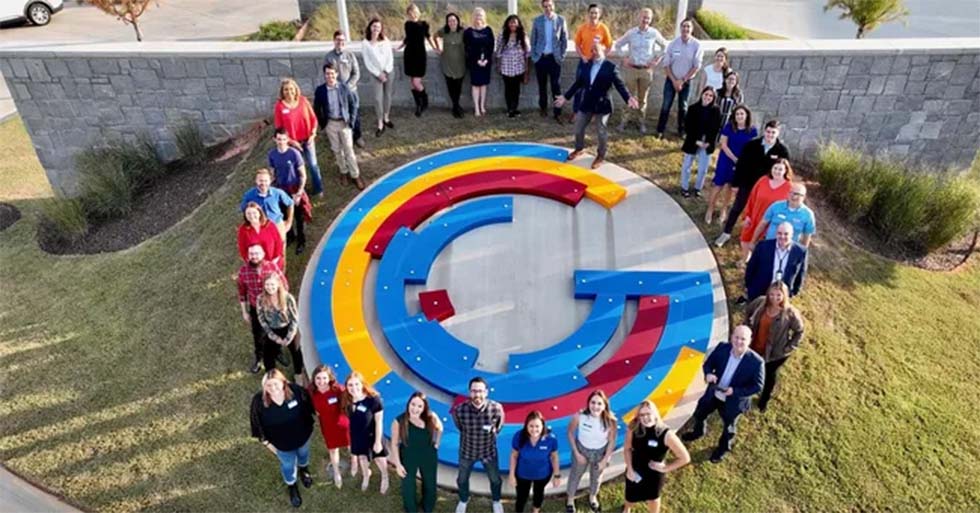Are 3-D and 3Gb/s the future of TV?

Just back from IBC, I was analyzing the show. There is always a theme that stands out. In recent years there has been a buzz around mobile and IPTV. As these two technologies go through the business implementation stages, the focus for visitors at IBC2008 seemed to have shifted to two loosely linked technologies: 3Gb/s infrastructure and stereoscopic video. Why loosely linked? Well a 3Gb/s link can carry a left/right video signal.
3Gb/s was in evidence at IBC at just about every stand selling video infrastructure. I believe that engineers planning new builds have been convinced that to future-proof their installation, it's got to be 3Gb/s. The technology looks like being at the limit of copper cable. The next proposed step to 10Gb/s will have to move all but the shortest cable runs to fiber.
3Gb/s has the big advantage that it supports 1080-line progressive at 50Hz and 60Hz frame rates. There is no doubt that this scanning format represents the goal for HD transmissions, and several leading-edge broadcasters are already planning systems that will transmit in that format within the next few years. 1080p needs less than twice the bandwidth of 1080i, stemming from all the issues related to the 1920's technology of interlace, yet delivers stunning quality for revenue-earners like sport.
In the meantime, viewers are confused (or hoodwinked?) by 1080p, 24-frame transmissions. They know their flat screens are 1080p, but 24 frames are not 50/60p. Am I the only one that finds film-rate motion judder unacceptable for close viewing on a large display? The sooner we move to 50/60p the better, and 3Gb/s infrastructure is a vital part in that production chain.
Stereo, or 3-D, was also featured heavily at IBC, with a special showing of the movie “Journey to the Center of the Earth” in 3-D. Although not an immediate technology to be broadcast over the air, there is much talk of stereo transmissions in the near future. The additional cost is going to rule it out for most broadcasters. However, for premier channels, it will be part of the continuing march of progress that adds realism to television. From the dawn of television there has been a constant evolution from monochrome to color and from monophonic audio to stereo and now surround sound, as well as the development of many innovations around Teletext and interactive data services. The move from 2-D to 3-D is just another step along the road.
Stereoscopic video is not without its artifacts, just like 24p or 50/60i. I heard several attendees at the IBC 3-D theatre complaining of eyestrain. Television's march to reality has been a story of overcoming one artifact after another. Some have stemmed from the inadequacies of the technology, others from a lack of a robust business case for the investment. One only has to look at increasing movie audience numbers to see how the special effects blockbusters attract an audience. Transferring that to television presents a huge challenge: to overcome the technological obstacles and to make money from it. I'm sure we will get 3-D one day, but I'm not going to speculate on when.
Send comments to:editor@broadcastengineeringworld.com
The professional video industry's #1 source for news, trends and product and tech information. Sign up below.
